What Is An Orthodontist?
- Author: Diamond Dental
- Date: November 20, 20232023-11-20T16:27:572023-11-20T16:27:56
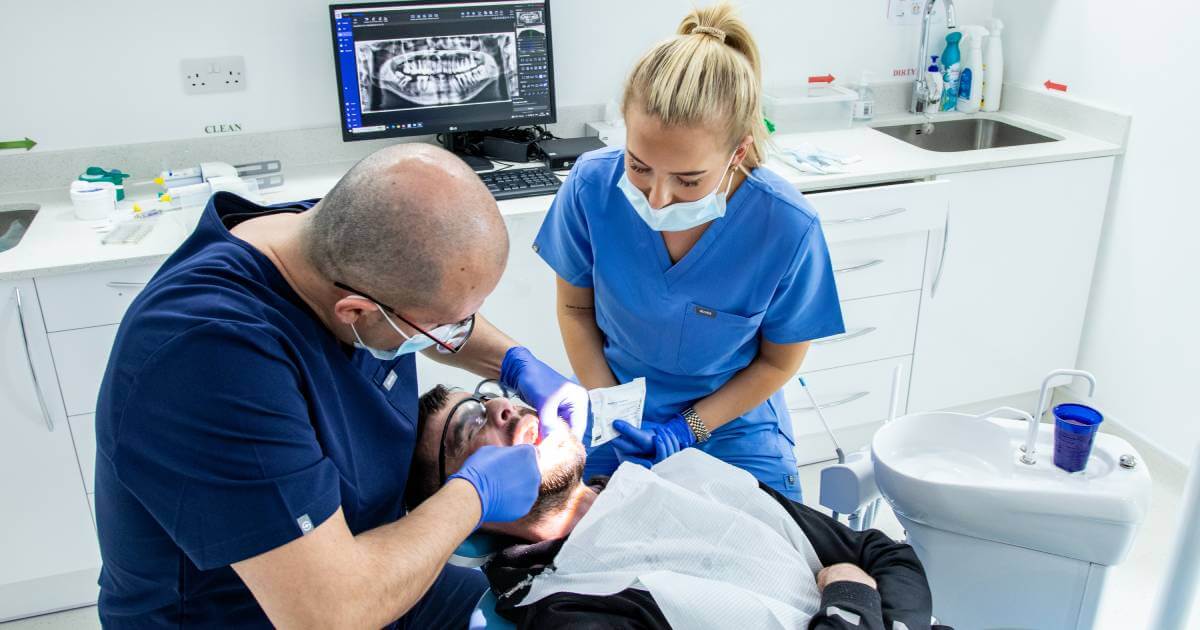


Dentists and orthodontists have related roles in dental care, often causing confusion as to which you need to book in with. Whilst there is a close relationship between the two, there is a significant difference in the services they offer their patients.
Our dental clinic in Milton Keynes has experts in both fields, meaning we have been able to compile a comprehensive guide to address the question, “What is an orthodontist?”. From the definition of orthodontics to the most common conditions treated, we will run through everything you need to know to determine what type of dental care you need.
At our private dentist in Milton Keynes, our mission is to educate and assist all our patients, regardless of their unique needs. We offer various services designed to address diverse orthodontic issues our clients may encounter. Additionally, our emergency care ensures that we are readily available to provide swift and effective assistance whenever required. If you need our services, feel free to contact us now and book an appointment with our specialists!
While general dentistry involves the care and upkeep of your oral health, including the cleanliness of your teeth and the health of your gums, orthodontics, on the other hand, specifically hones in on the alignment of your teeth and how your teeth interlock.
For example, orthodontics would deal with a problematic bite which has the potential to impact the overall health of your mouth and teeth. This can cause various issues, including the development of cavities, the onset of gum disease, and a sped-up rate of wear on your teeth. Understanding these distinctions is crucial for maintaining optimal oral health.
Common orthodontic problems may be:
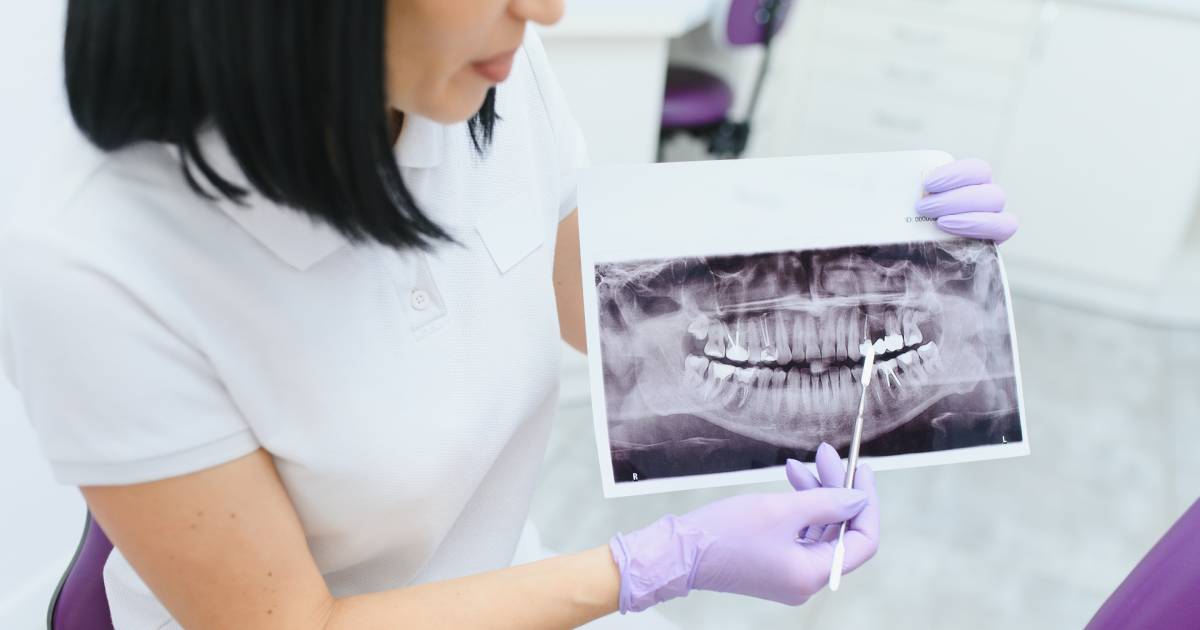
An orthodontist is a dentist with expertise in diagnosing, preventing, and treating dental irregularities. Their ability extends to correcting existing conditions and identifying potential future issues that patients may encounter. Regardless of a patient’s age, an orthodontist is equipped to develop tailored treatment plans to address their unique needs.
The immediate goal of an orthodontist is to enhance your teeth bite functionality and enable the proper alignment of your teeth. This involves correcting existing problems and spotting and preventing potential problems. They aim to optimise your ability to eat, chew, and speak comfortably and effectively by ensuring your teeth are evenly spaced and aligned with their counterparts in the opposing jaw.
Through their specialised training and thorough approach, orthodontists play a crucial role in promoting oral health and enhancing the overall well-being of their patients. At our private dentist in Milton Keynes, our expert knowledge ranges over a broad spectrum of specialist and general dentistry, no matter whether you’re looking for cosmetic treatments or orthodontist treatments, we have the one for you!
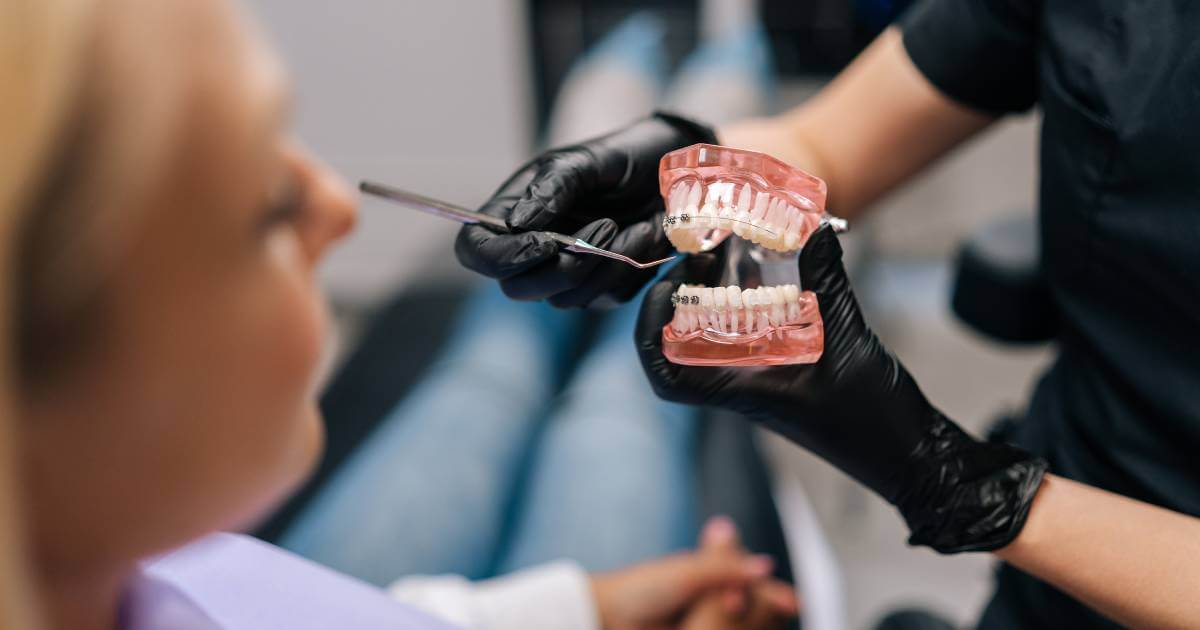
Despite the close association and occasional confusion between dentists and orthodontists, there is a significant difference in the dental concerns they address.
Orthodontists, as specialised dental professionals, focus on specific issues, especially the alignment and straightening of teeth. On the other hand, dentists typically confront a broader spectrum of tasks aimed at improving overall oral health.
In essence, the association between dentists and orthodontists highlights a complementary relationship where dentists address the overall health of the mouth, and orthodontists specialise in fixing the alignment and arrangement of teeth for both functional and aesthetic purposes.
Both professions need to have a solid foundation in dentistry, but orthodontists usually undergo additional and specific training to specialise their knowledge. Orthodontists must attain a degree in orthodontics in addition to their general dentistry degree. This dual-degree requirement adds an extra layer of difficulty to their education and knowledge, making the process more intensive than dentists who need only a single dentistry degree.
To break it down further:

Orthodontists deliver multiple common treatments to their patients, which revolve around the teeth and their alignment and position. Visit our dentist in Milton Keynes for more information on the common treatments we offer our patients.
Common treatments include:
When confronted with crooked teeth, orthodontists utilise various methods, one of the most common being the application of braces. These devices are designed to gradually shift and reposition teeth over time, ultimately achieving the desired alignment. The choice of braces depends on individual requirements and preferences, with orthodontists tailoring their recommendations to each patient’s needs.
Traditional metal braces stand out as a time-tested solution among the array of options. Using brackets, bands, and wires, metal braces use controlled pressure on teeth, guiding them into the desired positions. Despite their visibility, modern advances have made braces more comfortable and efficient. Clear ceramic braces provide an alternative for those seeking a more discreet option. These braces blend with the natural colour of teeth, making them less noticeable.
The process of fitting braces involves careful assessment by the orthodontist to determine the most suitable type for the patient’s specific dental needs. Regular adjustments and monitoring ensure that the braces work progressively to achieve the desired alignment, helping a healthier and more aesthetically pleasing smile over time.
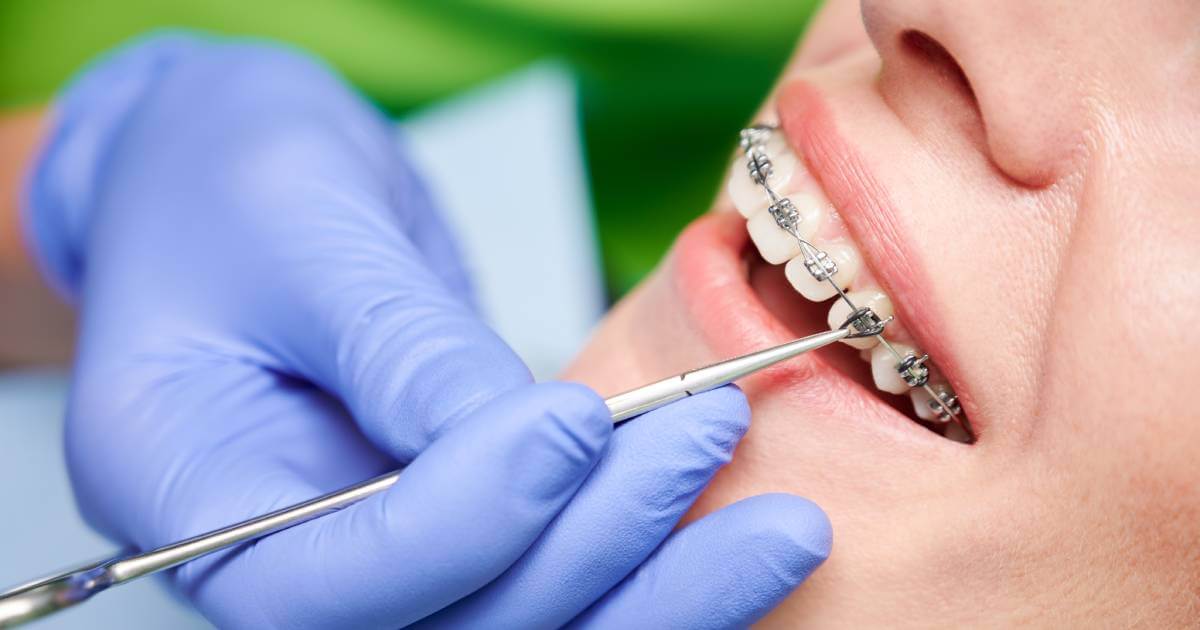
In addition to traditional braces and clear ceramic braces, another popular alternative is Invisalign. This innovative orthodontic treatment provides a discreet and flexible solution for individuals seeking to straighten their teeth. Invisalign utilises a series of clear aligner trays to achieve gradual tooth movement and alignment.
One of the best benefits of clear aligners is their transparency, as the aligner trays are virtually invisible when worn, offering a more discreet approach to orthodontic treatment.
The treatment process involves regularly switching out these custom-made trays around every one to two weeks. Each new set of aligners is designed to exert pressure on the teeth, guiding them into the desired positions.
The versatility and convenience of Invisalign make it an attractive option for those who prefer a less noticeable and more comfortable orthodontic experience.
Additionally, the ability to remove the trays for eating and oral hygiene simplifies daily routines. Orthodontists carefully customise the treatment plan for each patient, ensuring that the aligners address specific alignment issues and contribute to the gradual achievement of a straightened and well-aligned smile.
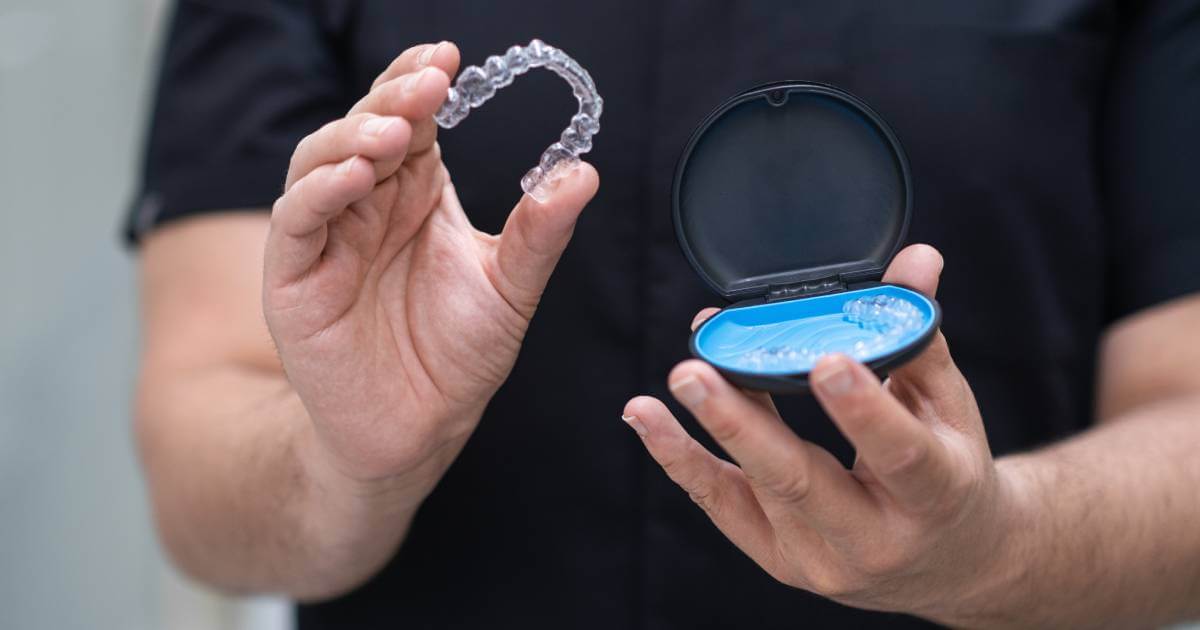
After the braces or aligners treatment, the next phase involves using a retainer. This is crucial in preventing the teeth from reverting to their original positions after the alignment process.
A retainer is meticulously crafted to fit the unique shapes of an individual’s mouth, ensuring a snug and comfortable fit. The primary purpose of the retainer is to maintain the newly achieved alignment of the teeth, as they naturally tend to shift back to their original positions over time.
Whether a patient has undergone traditional braces or opted for clear aligners, the retainer is a protective measure, preserving the investment in time and effort to achieve a straightened and well-aligned smile.
Orthodontists typically provide specific instructions on the duration and frequency of retainer use, ensuring the longevity of the results achieved through the braces. Regular follow-ups with the orthodontist help monitor the effectiveness of the retainer and make any necessary adjustments to ensure the continued strength of the teeth’s alignment.
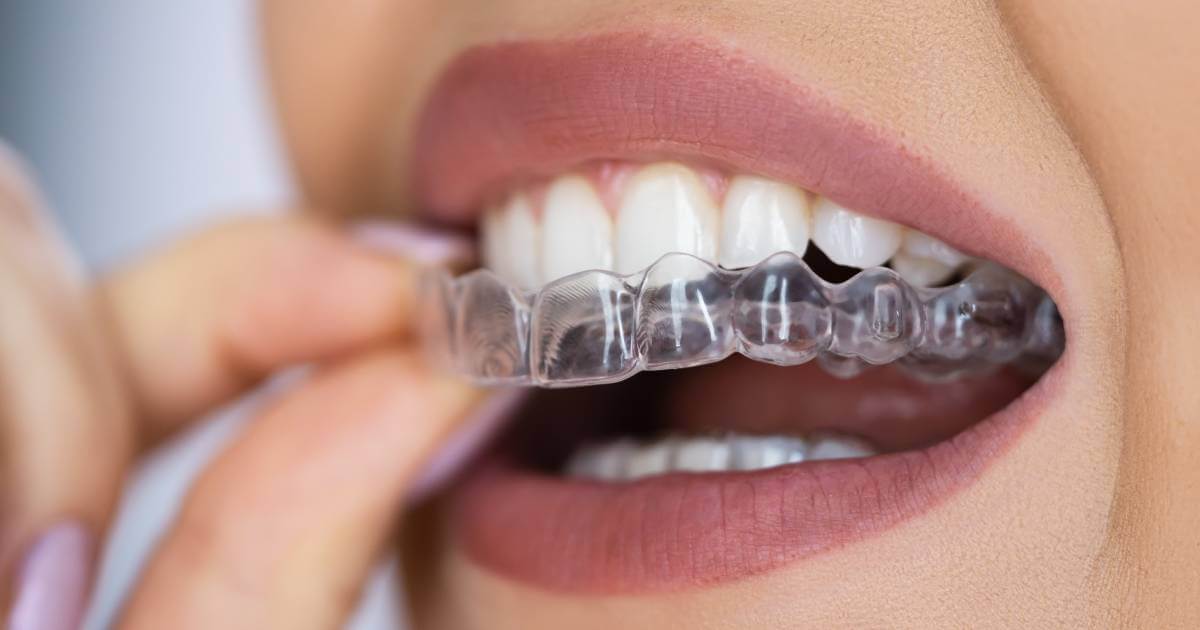
Palate expanders play a crucial role in orthodontics by helping to widen a child’s jaw. This serves the dual purpose of enhancing jaw development and limiting any discomfort a child may experience during the natural growth.
Expanders are particularly effective in creating additional space within the mouth without removing teeth, providing a non-invasive solution to address crowding and insufficient space issues.
Palate expanders involve gradual, controlled expansion of the upper jaw’s palate. This is achieved by applying gentle pressure on the palatal bones, encouraging them to move apart over time. By widening the jaw, palate expanders contribute to improved alignment of teeth, proper spacing, and enhanced oral function.
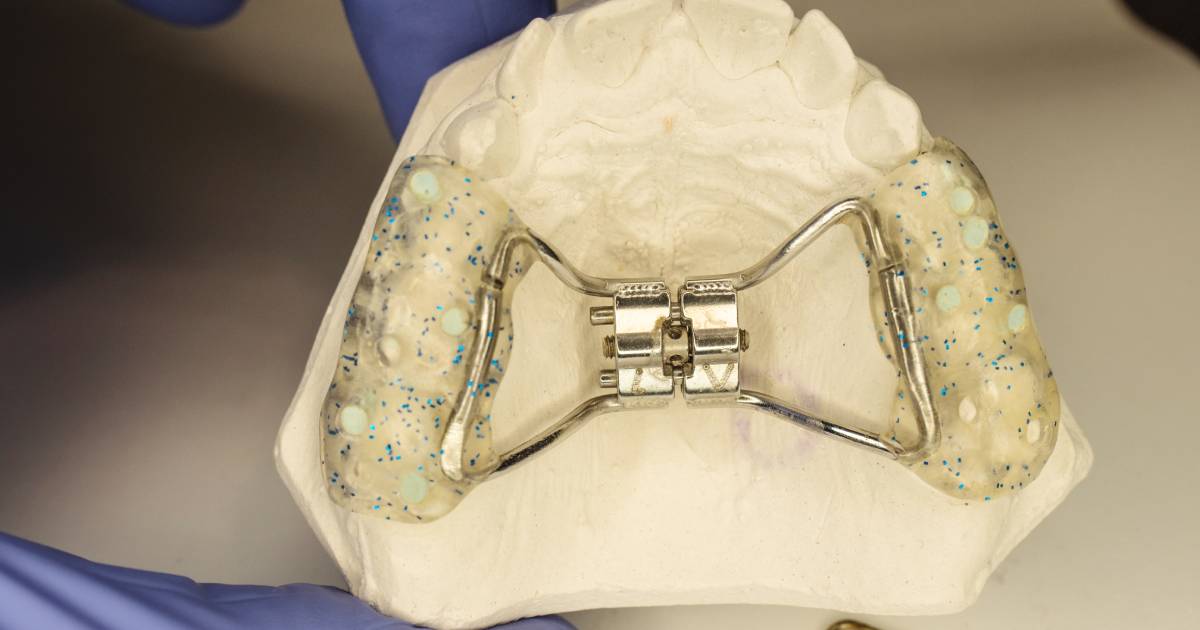
Now that you know all about what an orthodontist is and how they help patients all around the world, you should be able to make an informed decision about whose treatments would benefit you more, whether you need to have an overall check of your oral hygiene and care or if you desire to have your crooked teeth or poorly aligned jaw corrected.
Suppose you’re looking for cosmetic or aesthetic treatments, general dentistry or orthodontic care. In that case, our dental clinic in Milton Keynes has a wide array of treatments that can be tailored to your specific needs! Contact us now for more information.

Achieving straight teeth is a common aspiration for patients from their early teenage years all the way up into adulthood, and thankfully, technological and material advancements have meant we now have a diverse range of options for patients seeking to enhance the alignment of their teeth. So, in this article, we’ll explain how to get […]

Despite affecting around eight in ten adults in the UK, tooth decay is often left untreated by those suffering from it. In fact, dental treatments across the board are on a steady decline as more and more people are neglecting their oral health. However, if left untreated, dental conditions like tooth decay can quickly lead […]